What are Fetal Alcohol Spectrum Disorders?
 Fetal Alcohol Spectrum Disorders or FASDs are a group of conditions that occur in people who were exposed to alcohol before birth. Typically, that happens when a pregnant person drinks. It can result in physical development disorders, learning development disorders, and behavioral disorders, and often a mix of all three. All of these disorders are also lifelong, including physical development, coordination, learning ability, problems with hearing and sight, and much more.
Fetal Alcohol Spectrum Disorders or FASDs are a group of conditions that occur in people who were exposed to alcohol before birth. Typically, that happens when a pregnant person drinks. It can result in physical development disorders, learning development disorders, and behavioral disorders, and often a mix of all three. All of these disorders are also lifelong, including physical development, coordination, learning ability, problems with hearing and sight, and much more.
Today, almost 1 in 1,000 children in the United States are born with some level of Fetal Alcohol Spectrum Disorder. In children 7-9 years old, it’s prevalent in 1 in 3,000. And, in all children of a school age in the United States, it’s 6-9 out of every 1,000 children, depending on region, location, and poverty levels.
What Causes Fetal Alcohol Spectrum Disorder?
Fetal alcohol spectrum disorder is caused by exposure to alcohol before birth. This normally means the mother drinks during the pregnancy. In addition, higher rates of alcohol consumption lead to higher risks of FASDs or to worsening symptoms. At the same time, some 13.5% of pregnant adults in the United States report current drinking. Some 5.2% reported binge drinking during the last 30 days. This means that 52 in 1000 children are at high risk of developing FASDs because of exposure to alcohol before birth and 135 in 1,000 are at risk.
Alcohol use required to result in an FASD diagnosis is also lower than many people would think. For example, having consumed 16 beers over the course of 30 days during a pregnancy or more than 2 alcoholic beverages in a single sitting is enough to meet qualifications for FASD during diagnosis after birth.
Signs and Symptoms of FASDs
Diagnosing a fetal alcohol spectrum disorder can be extremely difficult. There’s no blood test or conclusive way to say that a baby has been born with FASDs. However, there are some physical symptoms that can be extremely obvious in strong cases. In addition, many of the symptoms overlap with other disorders, which can make it difficult to give a conclusive diagnosis.
However, symptoms include:
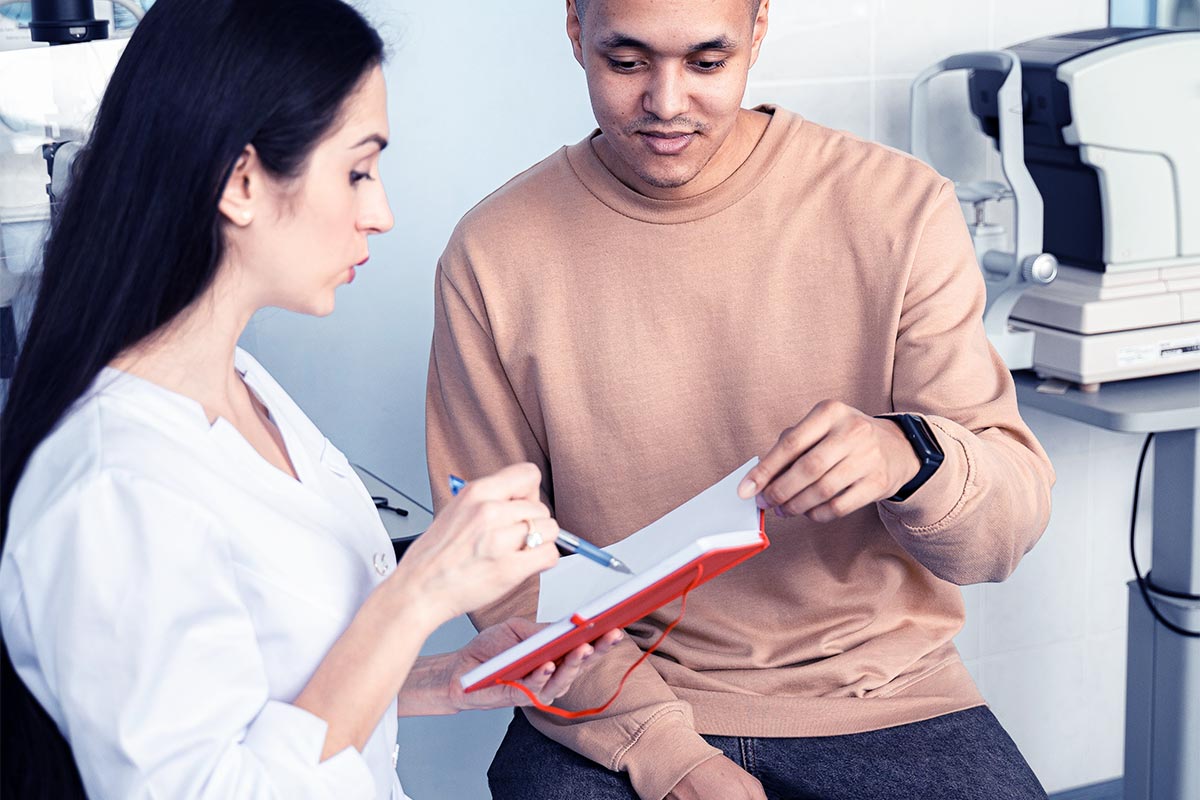 Central nervous symptom problems
Central nervous symptom problems- Small head size
- Abnormal facial features, such as a smooth ridge between the nose and upper lip
- Lower than average height
- Lower than average weight
- Prenatal alcohol exposure
- Poor coordination
- Hyperactivity
- Poor memory
- Difficulty in school
- Learning disabilities
- Speech or language delays
- Intellectual disabilities
- Poor reasoning
- Sleeping problems
- Sucking problems
- Organ problems
- Bone problems
Unfortunately, many of these symptoms can overlap with ADHD, autism spectrum disorders, and physical disorders like William’s Syndrome. Therefore, it can be difficult to conclusively say that your child has FASD, although your doctor may give this diagnosis even without proof of consuming alcohol while pregnant.
All of these symptoms are lifelong. Adults will need special care and attention for the rest of their lives.
Get Your Questions Answered
 Diagnosing FASD
Diagnosing FASD
FASD is typically diagnosed before the age of 6. It’s rarely diagnosed as an infant. However, if an infant shows extreme physical deformities, they may be diagnosed very early. Later in life, FASD is typically diagnosed into one of four categories, with many children receiving all multiple diagnoses:
- Fetal Alcohol Syndrome – This diagnoses means that the individual has a mix of all problems. This includes mild facial feature distortions, mild growth problems, and mild central nervous system problems (poor coordination and motor controls). They can have problems with learning, memory, attention span, vision, hearing, and behavior. Often this results in difficulty socializing and means having a hard time in school and learning and later with work.
- Alcohol-Related Neurodevelopmental Disorders – Alcohol-Related Neurodevelopmental Disorders mean that the individual has significant difficulties with learning, especially math. They might have attention with memory, attention, judgement, impulse control, and learning in general. They may also be intellectually disabled.
- Alcohol-Related Birth Defects – These include problems with the heart, kidneys, hearing, or with the bones.
- Neurobehavioral Disorder Associated with Prenatal Alcohol Exposure – This diagnosis means that the child has problems with thinking and memory, behavior, and day-to-day living. This can result in problems like difficulty with planning, easily forgetting things, irritability, difficulty shifting attention from one task to another, problems dressing, problems playing with others, and tantrums or mood issues.
If you have an child and you think they’re struggling with development or behavior, it’s important to take them to a doctor. Most states have early intervention programs, where you can raise issues of past alcohol use and alcohol use during pregnancy. However, your doctor will still likely review for other problems such as birth defects, autism, ADHD, and William’s Syndrome before offering a diagnosis.
It’s Never Safe to Drink While Pregnant
There is no safe time to drink while pregnant. In addition, there’s no safe amount to drink. While higher levels of alcohol increase the risk of FASDs in infants, any amount of alcohol can result in symptoms. Therefore, if you are pregnant or could be pregnant and intend to carry the child to term, it is important to stop drinking alcohol. However, even if you’ve been drinking (even heavily) over the first four to six weeks of pregnancy, before realizing you’re pregnant, it’s still important to stop drinking and that can prevent damage.
Studies show that having just two drinks in a single sitting while pregnant can result in lifelong harm for an infant. That happens because alcohol crosses the blood brain barrier in the infant and interferes with development, which can cause significant problems later in life. In addition, with no treatment, only mitigation measures, there is no way to reverse the damage after it’s been done.
Getting Help
If you’re planning or expecting to be pregnant or are already pregnant, it’s critical to stop drinking and immediately. Even if you’ve already been drinking while pregnant, stopping now can prevent or minimize harm done. Today, over 20 million Americans struggle with alcohol abuse and quitting on the spot often isn’t an option. Behavioral disorders mean that relapse is very likely. In addition, most people drink to cope with emotional turbulences, high stress, and mental health problems. Pregnancy is highly likely to exacerbate all of those issues. For that reason, women with alcohol use disorders are recommended to seek out medication assisted treatment for the duration of pregnancy. Medication will reduce cravings and the effects of alcohol, making it easier for you to stay sober to protect the health of your infant. In addition, you should seek out treatment for mental health and emotional support during pregnancy, even if you’re not getting help with alcohol use disorder and learning skills to help you cope with things without alcohol.
Often, having children will make many of the problems behind alcohol use disorder worse. Therefore, it’s always a good idea to seek out treatment, to learn coping strategies, and to get as much help as you can while pregnant. Quitting alcohol can be extremely difficult. Luckily, you don’t have to do it alone and there are people to help at every step of the way.
If you or your loved-one struggles from alcoholism or other substance abuse please contact us today and speak with one of our experienced and professional intake advisors about our alcohol rehab, detox, partial hospitalization, and residential treatment programs. 10 Acre Ranch also has specialty tracks like our pet friendly drug rehab and couples substance abuse treatment programs. We’re here to help you recover.

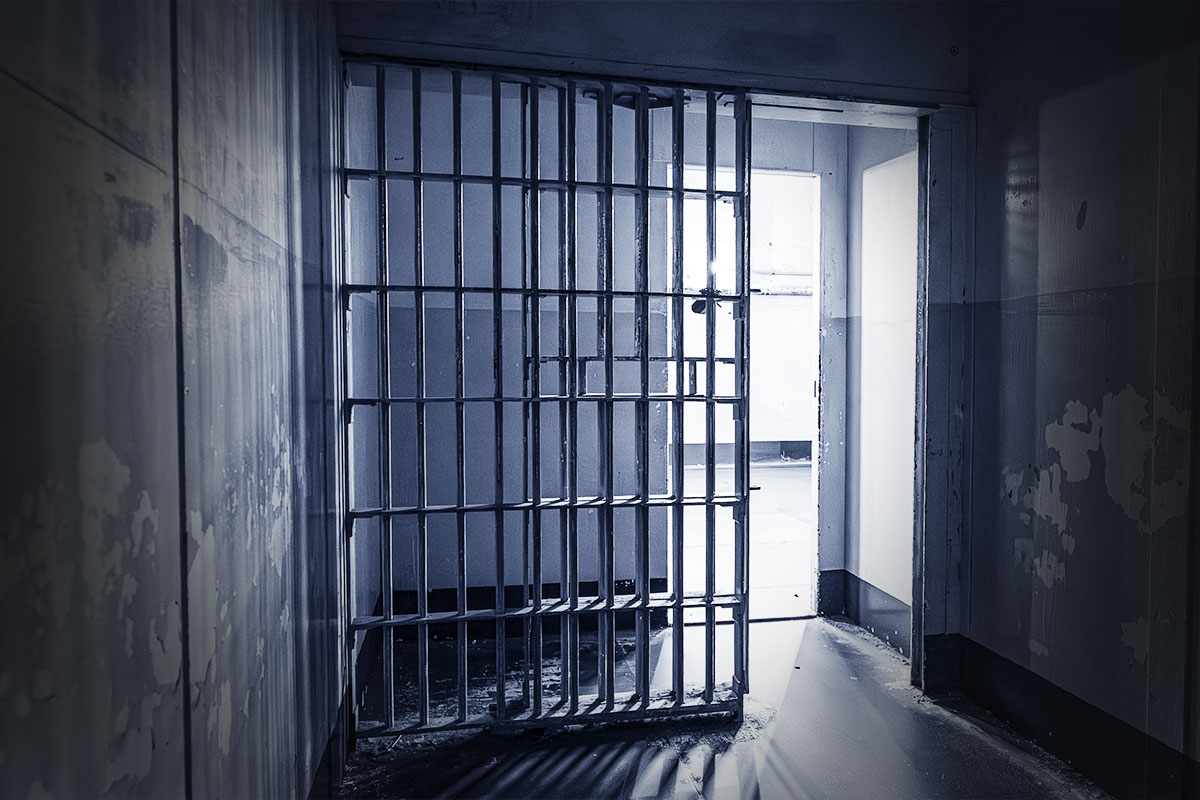 The consequences of drug abuse within the U.S. prison system extend far beyond the individual inmate, affecting the safety, security, and overall effectiveness of the correctional system.
The consequences of drug abuse within the U.S. prison system extend far beyond the individual inmate, affecting the safety, security, and overall effectiveness of the correctional system.
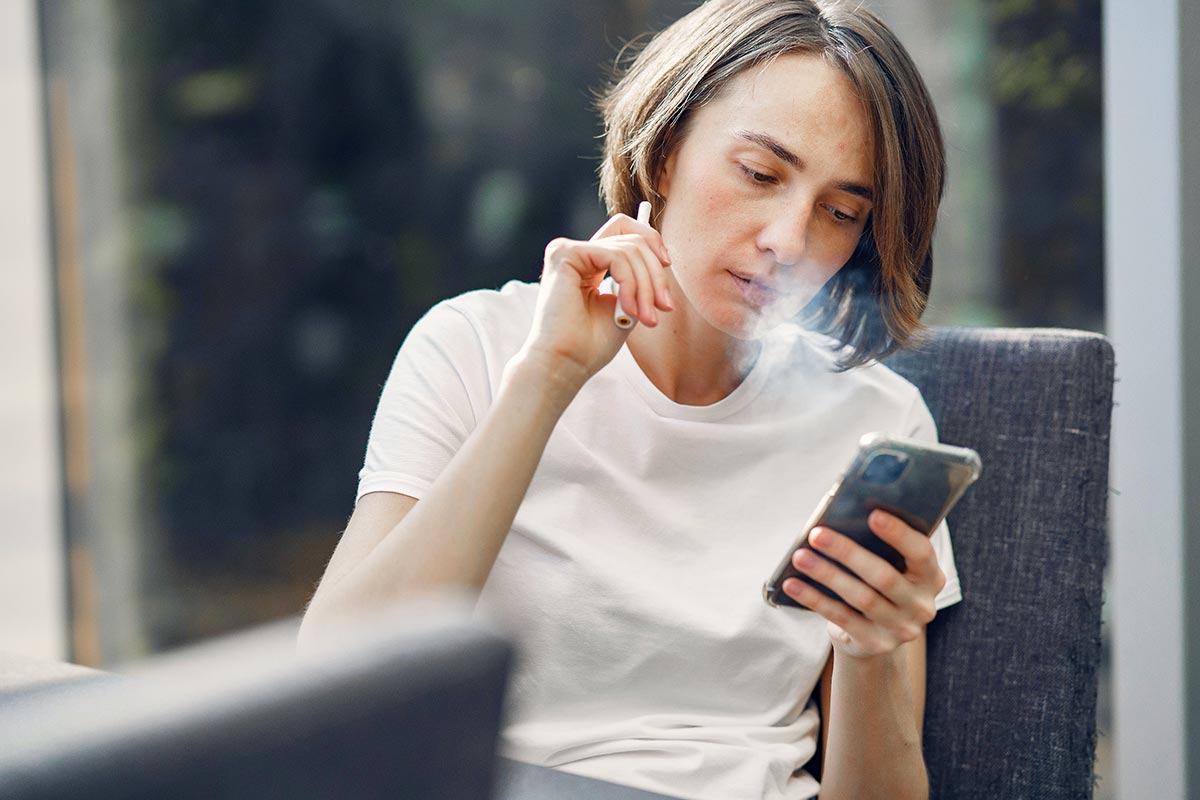
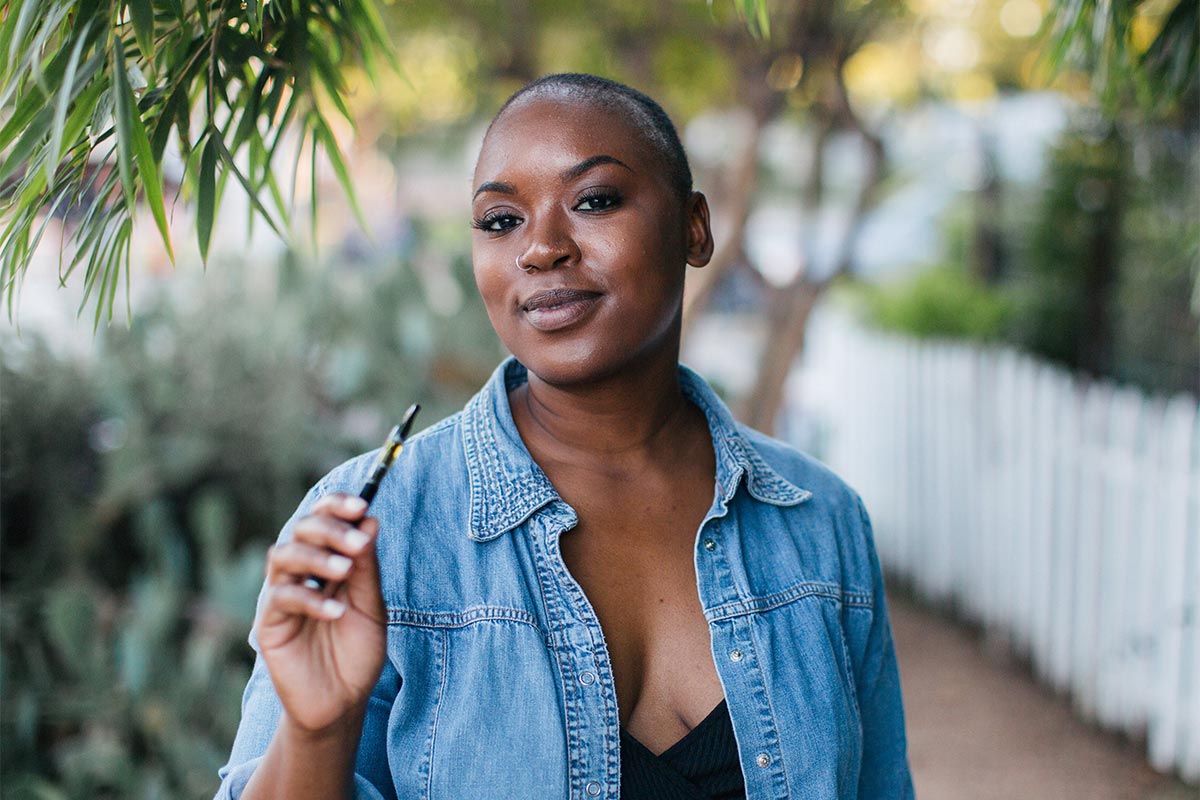 Wax and dab pens are normally used to consume “Dabs”. Dabs are highly concentrated doses of
Wax and dab pens are normally used to consume “Dabs”. Dabs are highly concentrated doses of 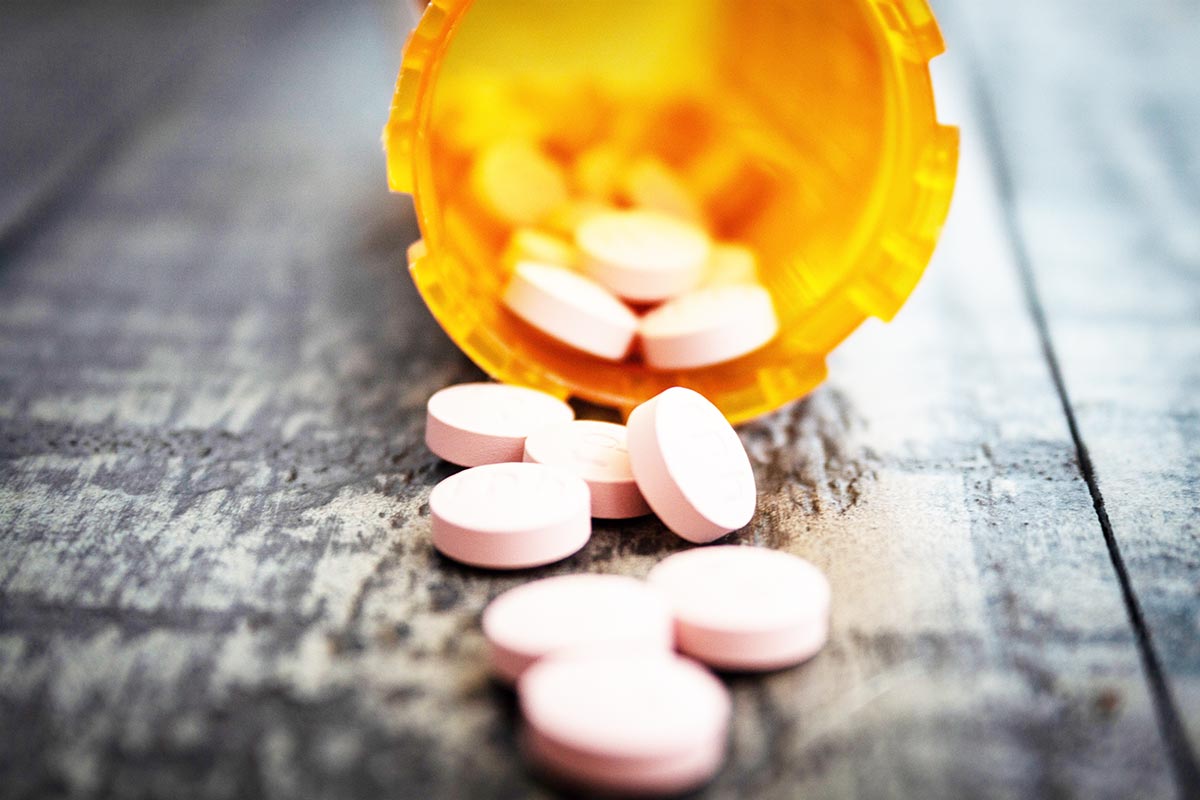
 In most cases, you can expect benzodiazepine withdrawal symptoms to last for about two to five weeks or a bit longer. In some cases, you might also suffer from post-acute withdrawal symptoms, which means that withdrawal may last for up to three months. In each case, it’s important to ensure you have medical monitoring so you can get intervention and treatment if things start to go wrong.
In most cases, you can expect benzodiazepine withdrawal symptoms to last for about two to five weeks or a bit longer. In some cases, you might also suffer from post-acute withdrawal symptoms, which means that withdrawal may last for up to three months. In each case, it’s important to ensure you have medical monitoring so you can get intervention and treatment if things start to go wrong.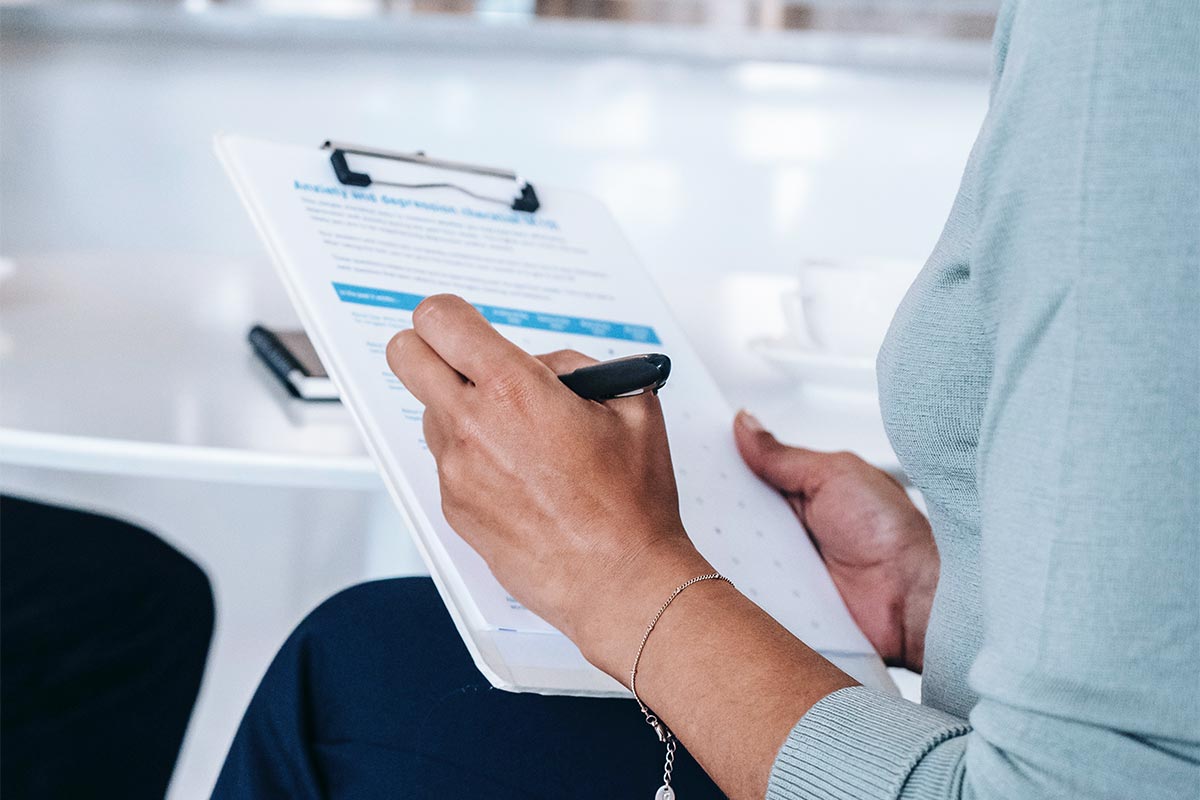 Detox means getting medical monitoring and support during your withdrawal. Depending on your situation, you are also significantly likely to be recommended into a tapering schedule first. However, if your doctor doesn’t think you can safely manage a tapering schedule, you’ll likely be recommended into a clinic for treatment and detox instead.
Detox means getting medical monitoring and support during your withdrawal. Depending on your situation, you are also significantly likely to be recommended into a tapering schedule first. However, if your doctor doesn’t think you can safely manage a tapering schedule, you’ll likely be recommended into a clinic for treatment and detox instead.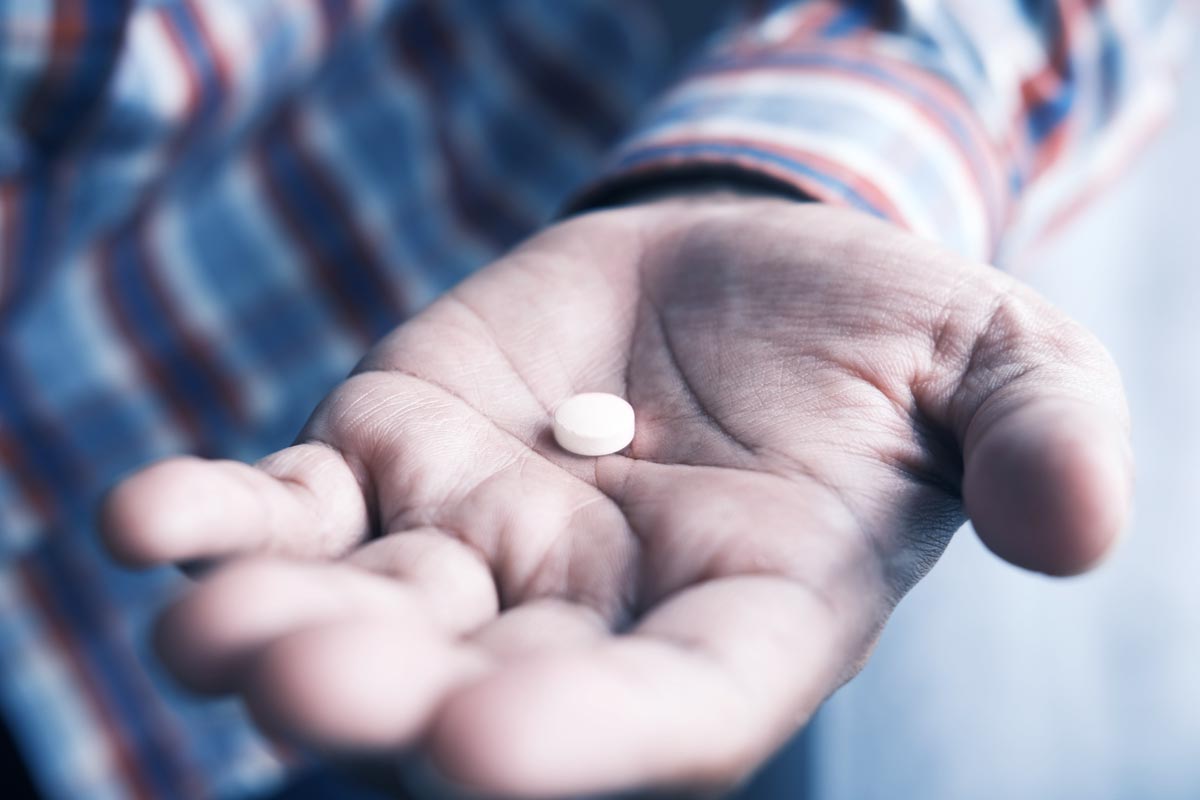
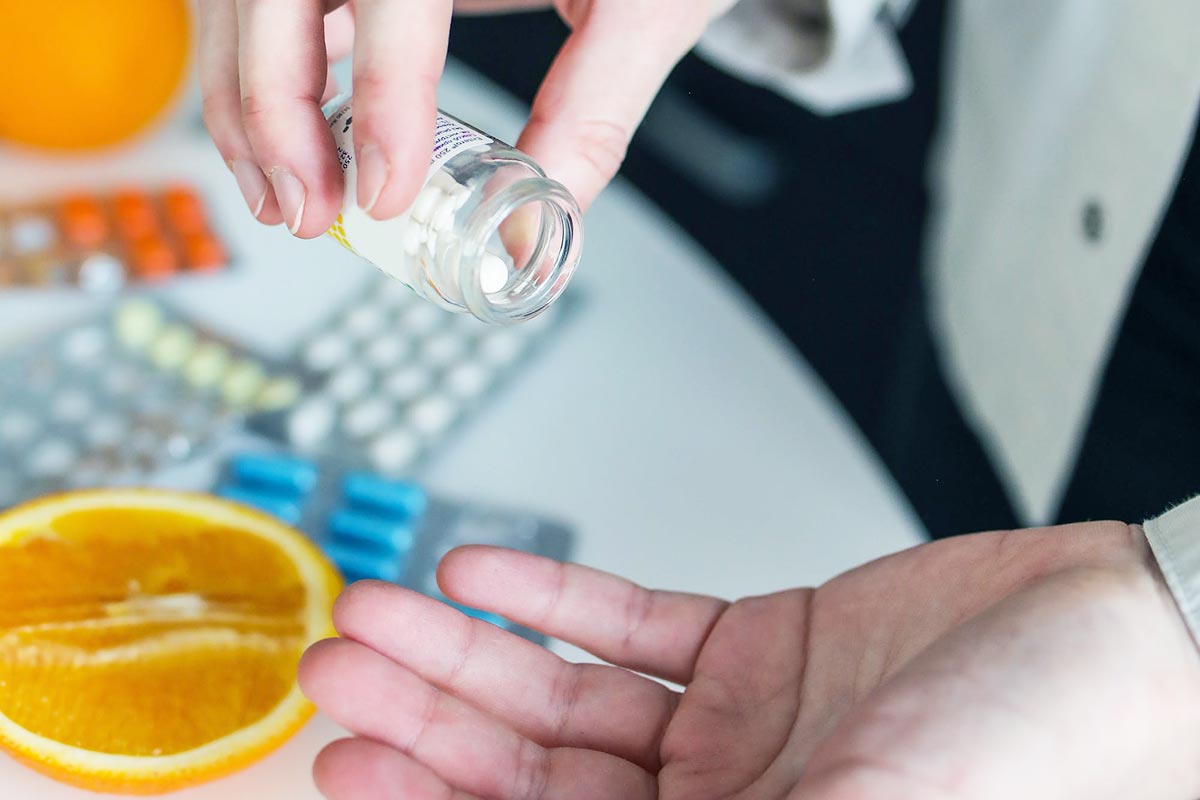 If you’re taking opioid prescription pain pills without a prescription, it’s important to do so safely. The best and only real safety measure is to take your drugs to a testing lab. Here, you can have your drugs tested to see if the contents are what you think they are, what the dosing is, and if there are any contaminates you should be aware of.
If you’re taking opioid prescription pain pills without a prescription, it’s important to do so safely. The best and only real safety measure is to take your drugs to a testing lab. Here, you can have your drugs tested to see if the contents are what you think they are, what the dosing is, and if there are any contaminates you should be aware of. If you or a loved one is struggling with substance abuse, it’s important to
If you or a loved one is struggling with substance abuse, it’s important to 
 Harm reducing strategies mean taking steps to reduce the harm inherent in substance abuse. Some common steps include:
Harm reducing strategies mean taking steps to reduce the harm inherent in substance abuse. Some common steps include: